Are car headlights too bright?
82% of UK drivers concerned about being ‘dazzled’ as LED bulbs become more common
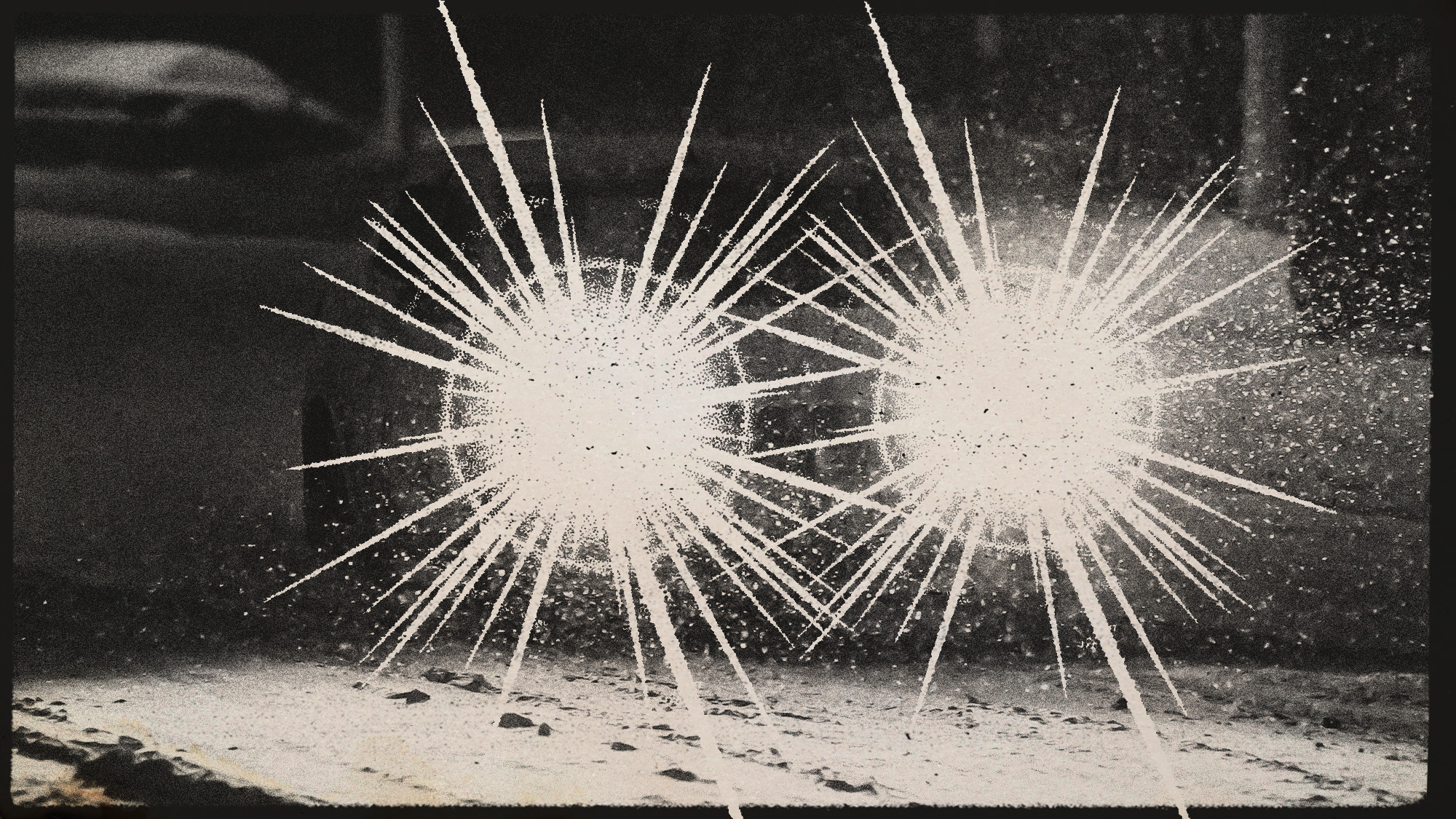
The government is to look into the design of cars and growing use of new LED headlights, which drivers argue is making it harder to navigate roads at night.
Four out of five drivers (82%) are concerned about being dazzled by vehicle headlights with the arrival of darker evenings after the clocks have gone back, according to new research from motoring organisation the RAC.
“Unfortunately, for a lot of drivers, the annual onset of darker evenings coincides with another unwelcome arrival – that of overly bright headlights that they believe make driving more difficult due to dazzle and discomfort,” said RAC senior policy officer Rod Dennis.
The Week
Escape your echo chamber. Get the facts behind the news, plus analysis from multiple perspectives.

Sign up for The Week's Free Newsletters
From our morning news briefing to a weekly Good News Newsletter, get the best of The Week delivered directly to your inbox.
From our morning news briefing to a weekly Good News Newsletter, get the best of The Week delivered directly to your inbox.
Have they actually got brighter?
The RAC attributes the increased brightness to modern bi-xenon or LED bulbs, which are becoming more common in new vehicles.
The beam from LED headlights is “whiter, more focused and brighter than the more diffuse light from halogen lamps fitted in older cars”, said the BBC.
Other factors causing problems for drivers include badly aligned headlights and the higher position of SUV lights.
Is it dangerous?
At best, headlight glare can make driving “uncomfortable and more difficult”, said the RAC, “but the consequences can be more severe”.
A free daily email with the biggest news stories of the day – and the best features from TheWeek.com
Half of drivers surveyed said they had been temporarily blinded, while more than a third said they felt less safe driving because of bright headlights on other vehicles. Others reported tiredness, headaches and even migraines.
The problem is worse for older people, whose eyes take longer to recover from glare. Between the ages of 15 and 65 recovery time increases from two to nine seconds, said the Royal Society for the Prevention of Accidents on its Older Drivers website. A 2018 study published in the Frontiers in Psychology journal also found that headlight glare particularly affected people with cataracts.
In all, dazzling headlights are cited as a factor in between 200 and 300 accidents in the UK each year, said the House of Lords Library, but there is no evidence that brighter lights are causing more collisions than previously.
What can be done?
As the problem has grown more pronounced in recent years, the RAC has joined with other road safety bodies including the College of Optometrists and IAM RoadSmart to campaign for the causes of headlight glare to be investigated.
A Westminster Hall debate on the issue is to be held today, with a government-commissioned report led by consultancy TRL expected to be published in the coming weeks.
The Department for Transport said the findings will help “to better understand the causes and impact of glare, which will inform new measures in the upcoming Road Safety Strategy”.
Alongside this, the Driver and Vehicle Standards Agency has “stepped up surveillance to intercept the sale of illegal retrofit headlamp bulbs”, with anyone caught facing a fine of up to £1,000.
Drivers can also help to minimise the impact of brighter headlights. The College of Optometrists recommends you ensure that your windscreen, and glasses if worn, are clean, avoid looking straight ahead but focus on the edge of the road, and do not wear night sunglasses sold for night-driving, as they reduce overall light, not glare.
While headlight glare is a problem that “needs tackling”, said the RAC, it is “important to remember that brighter headlights can give drivers a better view of the road ahead – so there’s a balance to be struck”.
-
 Is $140,000 the real poverty line?
Is $140,000 the real poverty line?Feature Financial hardship is wearing Americans down, and the break-even point for many families keeps rising
-
 Film reviews: ‘The Secret Agent’ and ‘Zootopia 2’
Film reviews: ‘The Secret Agent’ and ‘Zootopia 2’Feature A Brazilian man living in a brutal era seeks answers and survival and Judy and Nick fight again for animal justice
-
 Trump: Losing energy and support
Trump: Losing energy and supportFeature Polls show that only one of his major initiatives—securing the border—enjoys broad public support
-
 Is New York City mayoral candidate Zohran Mamdani’s plan for free buses realistic?
Is New York City mayoral candidate Zohran Mamdani’s plan for free buses realistic?Talking Points A transit innovation or a costly mistake
-
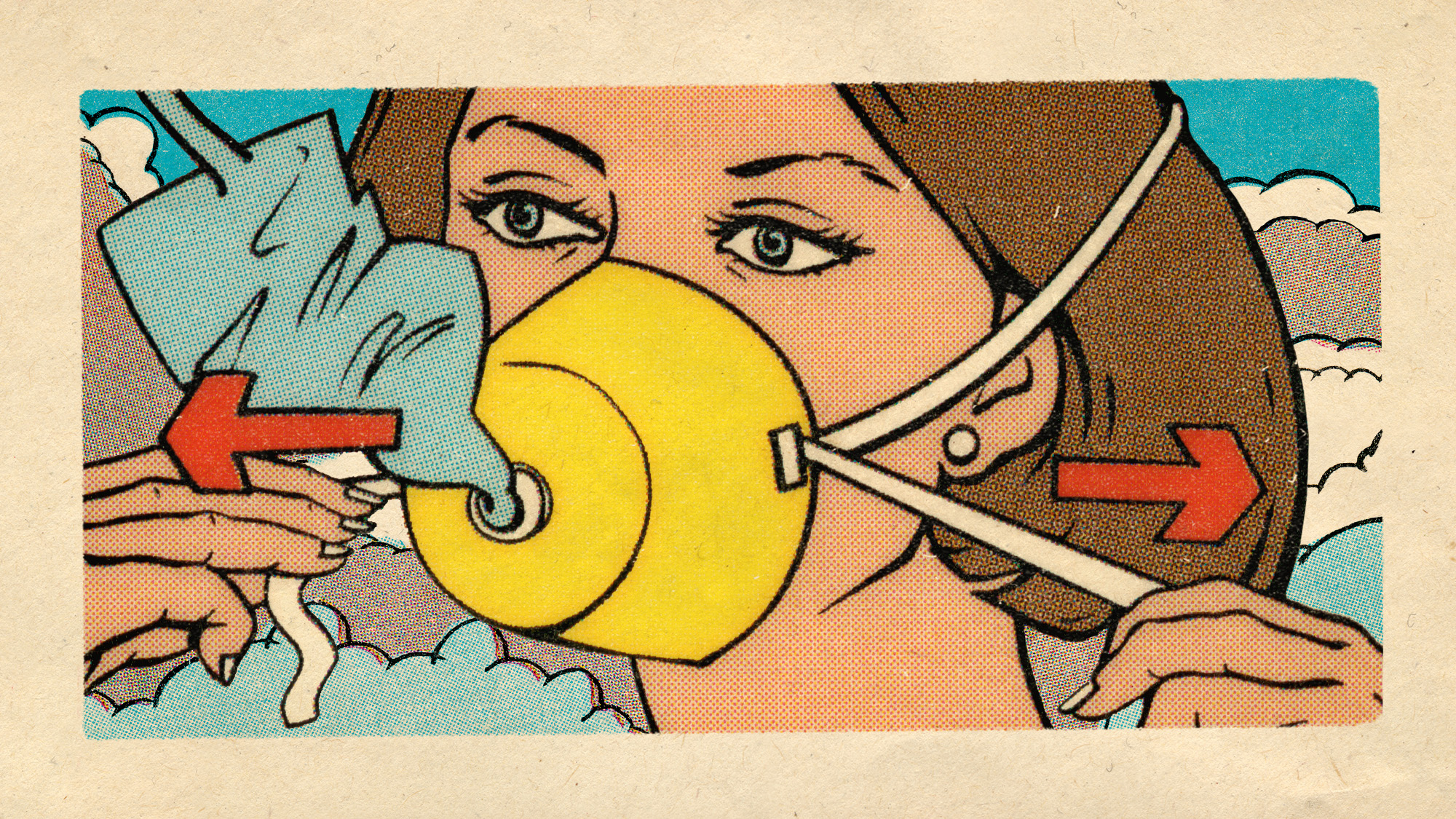 Toxic fumes on airplanes might be making you sick
Toxic fumes on airplanes might be making you sickUnder the Radar Aircraft manufacturers have allegedly downplayed the risks
-
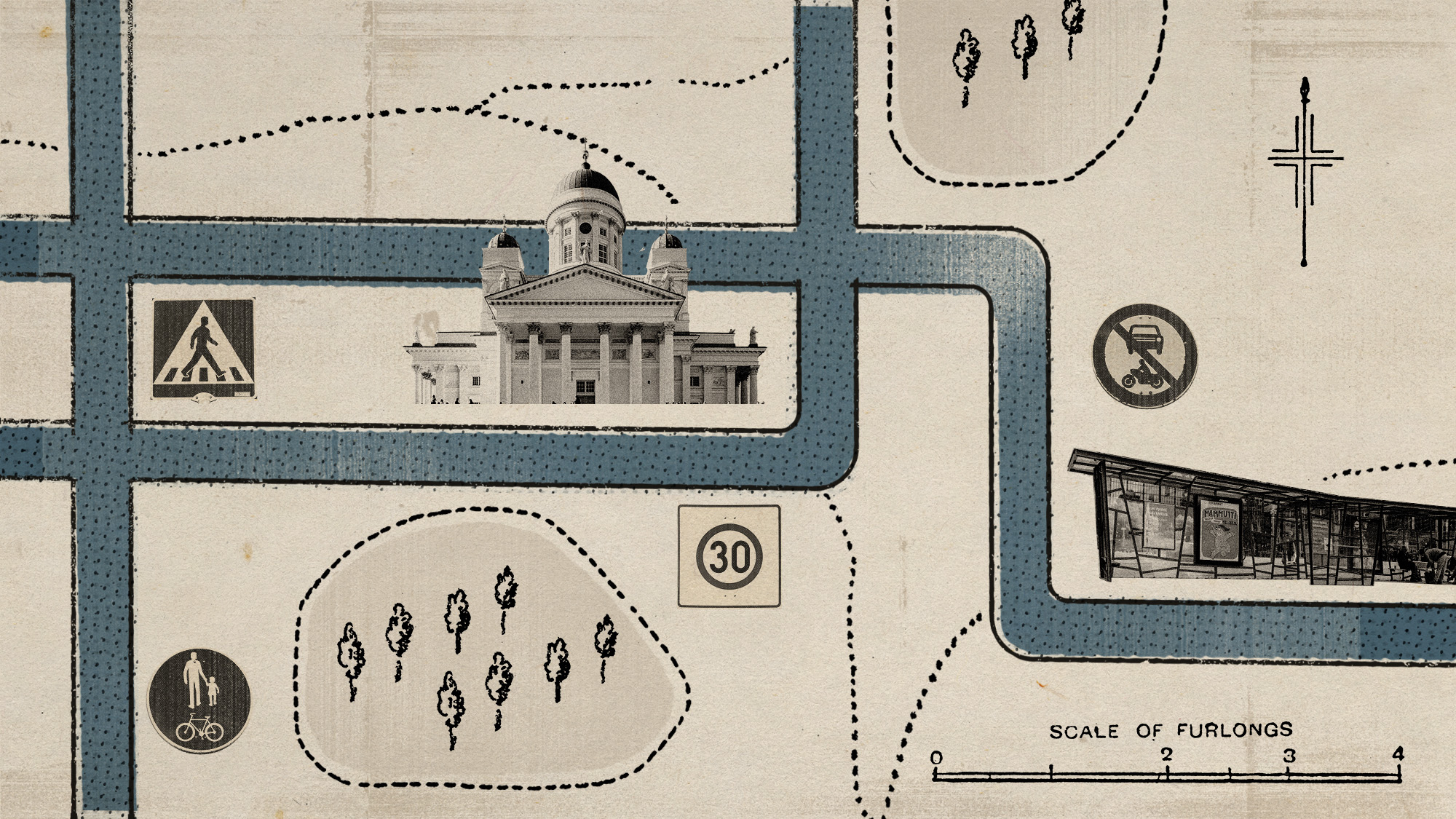 Helsinki's year of zero road fatalities
Helsinki's year of zero road fatalitiesUnder the Radar Finland's 'Vision Zero' safety strategy 'shifts responsibility for crashes from road users to the designers of the road system'
-
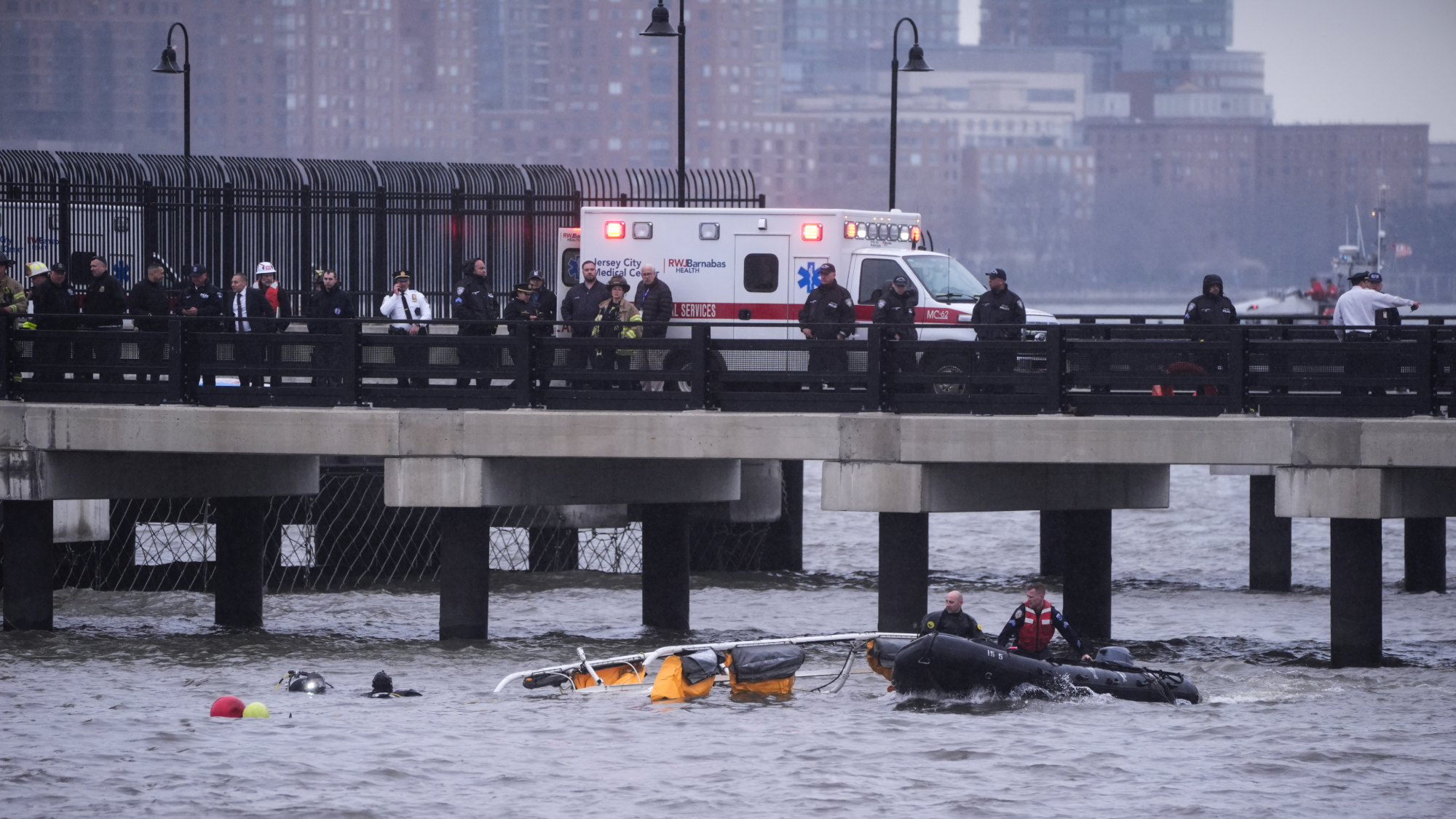 New York helicopter crash kills family, pilot
New York helicopter crash kills family, pilotspeed read A sightseeing helicopter crashed into the Hudson River, killing a family of Spanish tourists
-
 Southwest joins rival airlines on paid baggage
Southwest joins rival airlines on paid baggageSpeed Read The company is ending its longtime free-luggage policy
-
 US jet fuel tanker, cargo ship collide off UK coast
US jet fuel tanker, cargo ship collide off UK coastSpeed Read A cargo vessel carrying a toxic chemical collides with a US-military chartered oil tanker in the North Sea
-
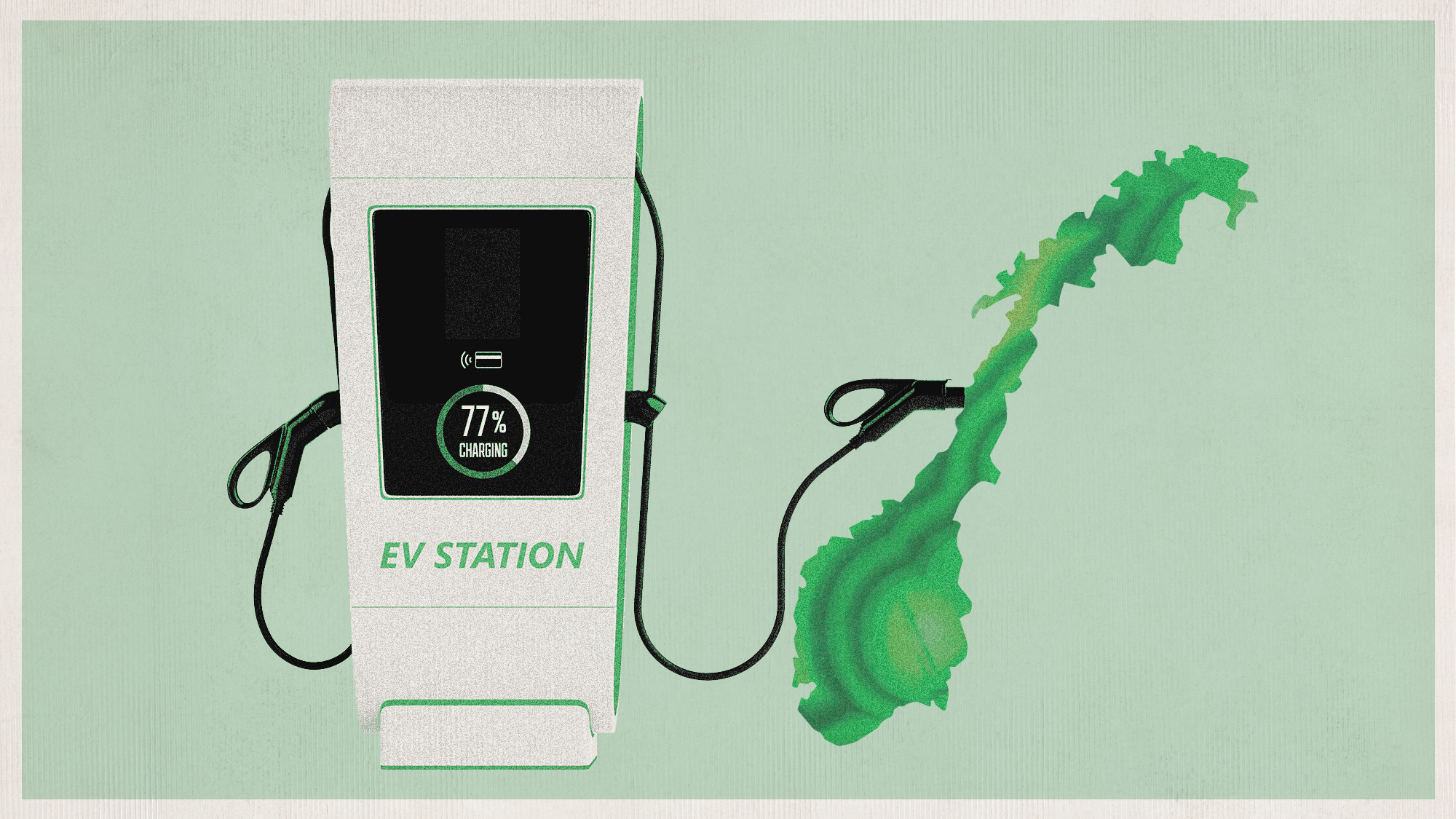 How Norway became an electric vehicle pioneer
How Norway became an electric vehicle pioneerUnder The Radar Early adoption, incentives and political consistency have helped Scandinavian nation race ahead
-
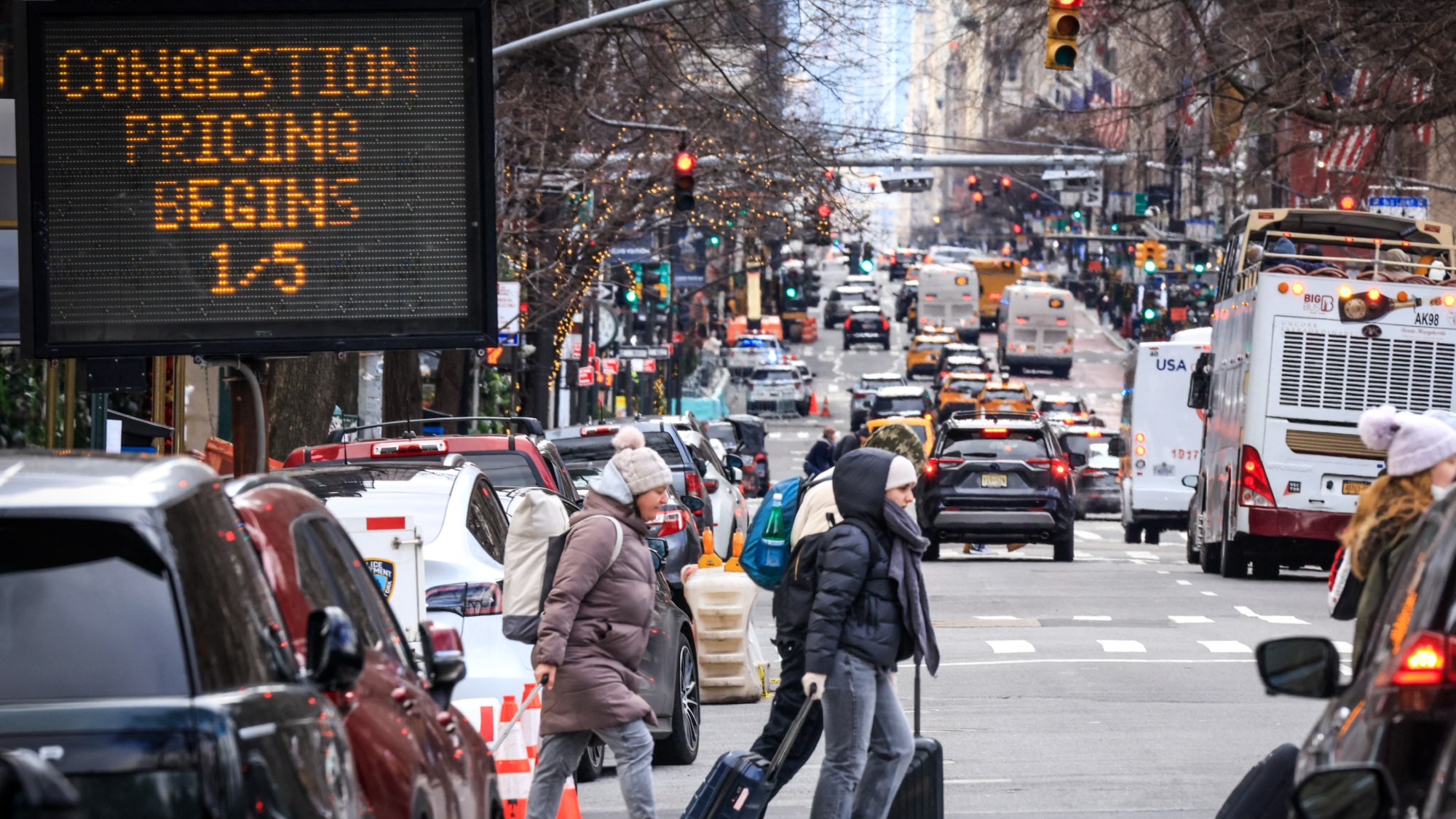 New York rolls out vehicle toll in Manhattan
New York rolls out vehicle toll in ManhattanSpeed Read In an effort to reduce traffic gridlock, vehicles will automatically be charged a toll to drive below 60th Street